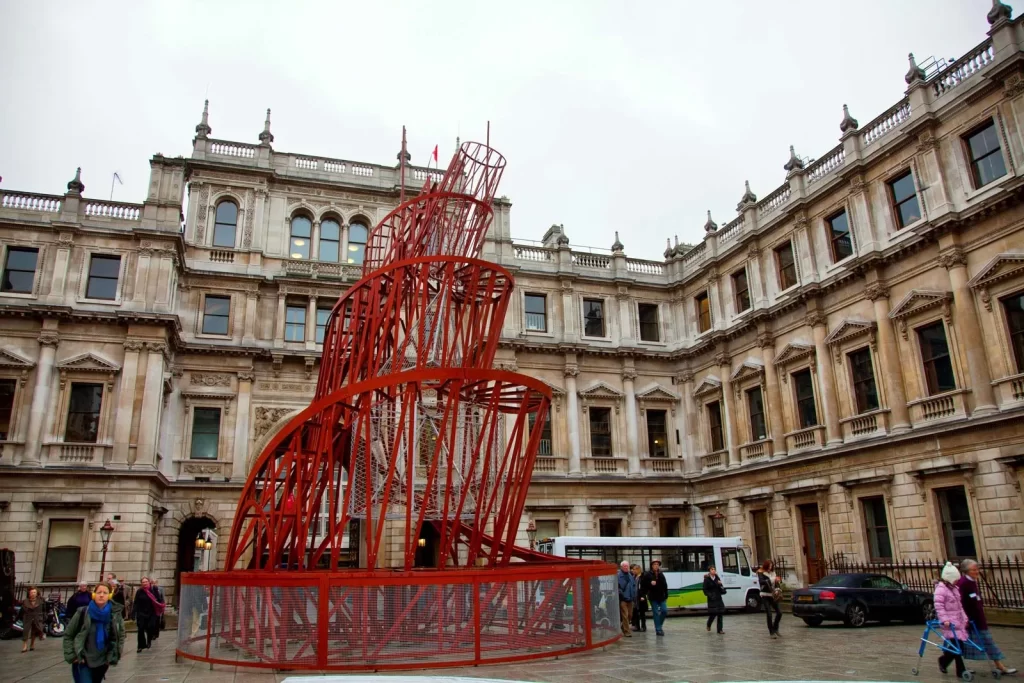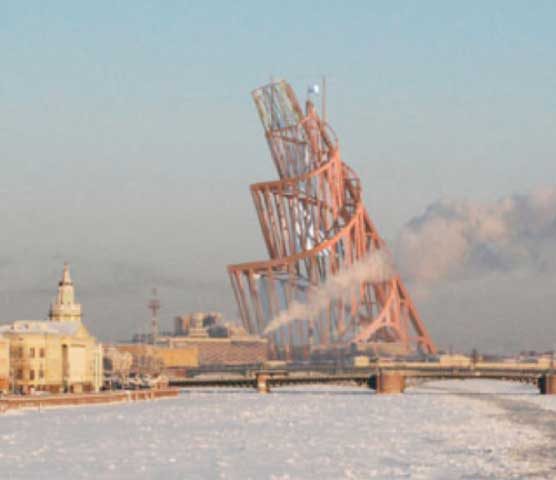On Christmas Day in 1991, the Soviet building disintegrated, and the once-stunning world pole withdrew from the stage of history. The once prosperous economic and political system left a large number of Soviet-style buildings in various countries.
Looking back now, only Constructivism has survived internationally for a short period of time, and the Soviet-style architecture, which is closely related to Soviet ideology, has also come to an end.
The “Retrospective Exhibition of Soviet Modernist Architecture: 1955 – 1991” at the Architekturzentrum Wien Museum in Vienna in previous years focused on lesser-known projects in other member states of the Soviet Union – documenting the fifth century of the last century in photographs, films and drawings Buildings from the 1900s to the early 1990s.
This exhibition makes a strong case for protecting these historic buildings from being vacant, degraded and demolished.






In the architectural wave of the Soviet Union, there is an idea of ”industrial symbolism”, which comes from the great enthusiasm for building socialism and the imagination of the future when socialism is built, which always has a utopian color.
The ruling working class believes that “the working class is the creator of all machinery, and the aesthetics of machinery is the revolutionary aesthetics of the working class.”
As a result, architects began to incorporate mechanical features into buildings, such as gears, screws, tower cranes, and so on. In the later period of Stalinism, sickle, pentagram, hammer, ear of wheat and fist are an indispensable part of architectural sculpture.
The Third International Monument of Soviet
Tatlin’s Tower Tatlin was commissioned by the Ministry of Culture of the Revolutionary regime to create the Third International Memorial Tower in October 1919. The tower is more than 400 meters long. If completed, it will be more than 100 meters higher than the 1931 Empire State Building. Tatlin Instead of taking a traditional form, the tower takes on a more sculptural form.
This glass body is like the Leaning Tower of Pisa, placed on an asymmetrical axle base, surrounded by a spiral ladder of steel bars, and visitors can enjoy the scenery along the way along the spiral elevator.
In order to achieve the communist ideal of factory production, the artist also had to learn how to use factory materials, so the entire building was mainly made of steel and glass.


The glass column turns around the axis once a year, and the space inside divides the church and the meeting. The glass core is turned over once a month, and the interior is a place for various activities.
The tallest glass cube is rotated once a day, that is to say, on this huge sculpture or building, its internal structure will be composed of special spaces that rotate once a year, once a month and once a day.
These spaces constitute the center of information, which can continuously release news, announcements and declarations to the outside world by means of radio communication such as telegraph, telephone, radio, and loudspeaker.
According to Tatlin, the Memorial Tower of the Third International will “combine pure art forms (painting, sculpture, architecture) and practicality.” experiment.
Because his artistic creations and concepts did not fit the proletarian art standards of the Soviet Union at that time, this model could not be realized. Tatlin, as an early Russian constructivist artist, has been admired by the Western art world despite his failure to finally realize his ambitions.
Tatlin and his assistants stood next to the model, although it could not be built for various reasons, but this did not affect people’s love for him.




Leave a Reply